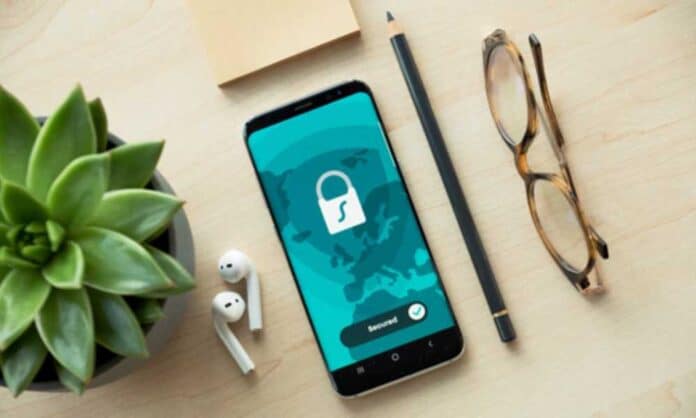In the past few years, identity theft threats have grown exponentially. Gone are the days when hiding your credit card information was all the protection you needed. Now, you must take multiple steps to safeguard your information, finances, and integrity.
Here are seven ways to protect your identity this year to assist you through these essential security steps.
1. Be Wary of Sharing Your Information With Others
In today’s day and age, phishing scams use elaborate disguises to fool victims into sharing their financial and personal information. For instance, bad actors may pose as Amazon through a fake email to tell you that your payment information is outdated, only to steal your credit card details when you use them on the link provided in the email. By learning about common phishing attacks, you can know how to protect yourself against these attempts.
2. Explore Dedicated Solutions for Identity Protection
Identity theft practices have evolved to a worrisome degree. In addition to using your credit card without consent, these approaches can also steal your medical information and tax information to use your coverage and refund checks. By looking into solutions such as a medical identity theft prevention app, you can learn if your details are being used by someone else.
3. Keep a Detailed Log of Your Spending
Many credit card providers and financial institutions alert you in real-time about transactions. You must monitor your credit card and bank statements to identify suspicious spending. You can set regular reminders through a task management app to help you stay on top of this monitoring. You can freeze your credit reports to prohibit opening new accounts without your authorization.
4. Don’t Use Easy Passwords for Online Accounts
When learning how to stay safe online, it is best practice to use difficult and different passwords for all online accounts. If your passwords are easy to guess or stay the same across every website, gaining access to your accounts takes one data breach. To protect yourself against this, use complicated passwords that remain different across every account.
5. Avoid Using Public Wi-Fi Without Required Protection
Public Wi-FI can put your personal or financial data at risk by allowing anyone to connect to your device. That is where you need to look into a virtual private network (VPN). You can encrypt your data over public Wi-Fi through a VPN app and keep malicious parties from snooping on your online activity.
6. Use Modern Authentication Methods
Malicious online forces are not the only group that has evolved with time. IT security experts have also established different types of authentication methods to add further protection to online accounts. One of the most common authentication methods is multi-factor authentication (MFA), which verifies your identity through different modes, such as your email and phone number, before letting you access your accounts. Setting such authentication methods on your accounts allows you to safeguard yourself against many attempts to steal your identity.
7. Shred Old Documents With Sensitive Information
You should rethink directly throwing your bank statements and old credit cards into the trash because it’s a path to breach your personal information. Make it a practice to put sensitive documents through a paper shredder before disposing of them. This small act of vigilance can add layers of protection to your identity and help you avoid unwanted instances of identity theft.
These methods are relatively easy to adopt but can work wonders to protect your identity. This ensures you can go about your life without worrying about someone else using your information at every step.

